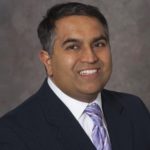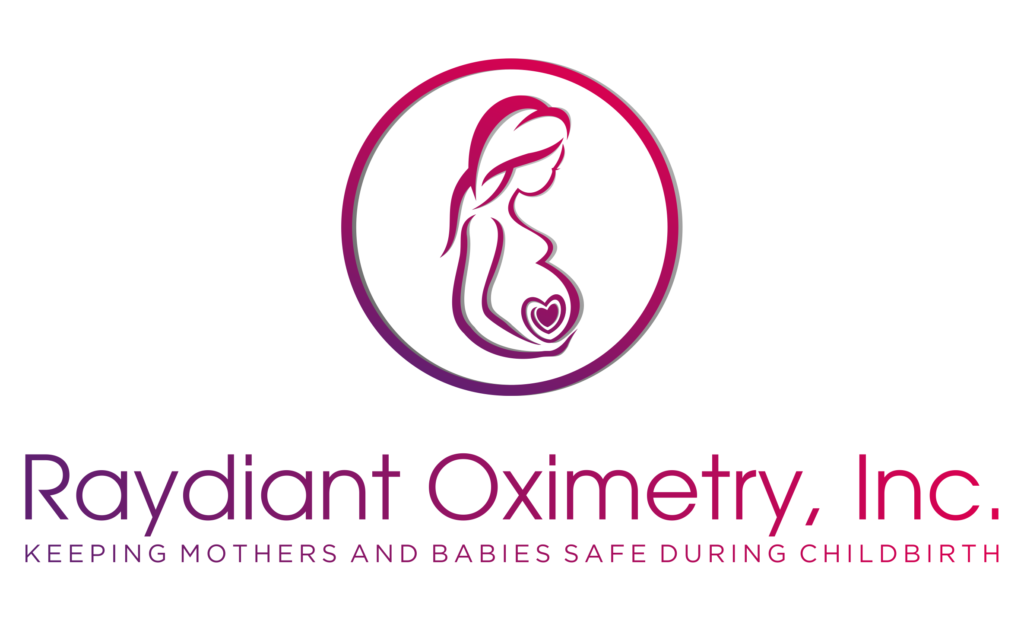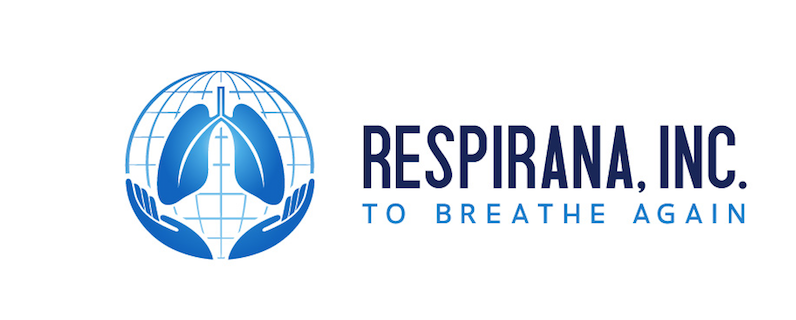
In the venture capital world, the jockey is often more important than the horse. We look for leader-managers who have proven they can make things happen.
In the venture capital world, the jockey is often more important than the horse. The jockey is the venture’s top management team, the one or two key leader-managers who make it happen.
VCapital places huge importance on those jockeys. We look for leader-managers who have proven they can make things happen, individuals who have done it before. The senior leadership team at VCapital’s portfolio company Raydiant Oximetry, developer of a breakthrough in fetal monitoring that can more accurately detect fetal distress during childbirth, exemplifies that quality.

CEO, Raydiant Oximetry
Founder and CEO Dr. Neil Ray, a double board-certified MD, is a leader who makes things happen. In describing him, a former colleague said, “Neil is amazing at making contacts and forming bonds with potential clients, investors, vendors, or other medical device professionals.” In his own words, Dr. Ray’s philosophy is telling: “Lots of people have great ideas, but it’s the execution of those ideas that translates into meaningful impact.”

COO, Raydiant Oximetry
His commitment to that philosophy led Dr. Ray to recruit Russ DeLonzor as the company’s President and Chief Operating Officer. DeLonzor has over 25 years of executive experience in the medical device industry. He has proven multiple times that he can make things happen -- as Senior Vice President of R&D for pulse oximeter manufacturer Nellcor (which was acquired by medical device leader Covidien for $1 billion) and as COO of two other innovative medical device companies.
These leaders’ “make-it-happen” ability is illustrated compellingly in how Dr. Ray and DeLonzor stepped up to the plate to help when there was a ventilator shortage during the COVID-19 pandemic.
Here is their story in their own words:
The Scariest Day
March 18: After reading a New York Times article, “There are Not Enough Ventilators to Cope with the Coronavirus,” my colleagues and I asked ourselves if there was something we could do to help.
While our Raydiant Oximetry team is laser-focused on optimizing and bringing our fetal monitoring innovation to market as quickly as possible, COVID-19 complications were sidelining our clinical testing efforts. This afforded us some bandwidth to address the critical ventilator issue. Russ DeLonzor and I started brainstorming.
Russ is a medical device veteran with past ventilator experience, so he understood the challenges. Even if we could design and build a ventilator for rapid deployment, how would we get it through the FDA? Ventilators can be dangerous if built or used incorrectly. We know that, and the FDA knows that too.
FROM IDEA TO REALITY
March 24: The pieces started falling in place. The FDA released a guidance document on how they would handle Emergency Use Authorization (EUA) requests for ventilators to address the COVID crisis. The document defined the ventilator standards needed for the FDA’s EUA approval for a novel ventilator.
March 26: Russ assembled an army of 30 medical device veterans to tackle the challenge. Only a highly respected medical device veteran could do that. My role was to serve as the medical advisor and develop the performance specifications the ventilator had to meet in order to treat COVID patients with acute respiratory distress syndrome (ARDS). Pulling together my network of physician-investor colleagues familiar with medical device development, we worked through the device capabilities and discrete settings needed. The FDA EUA guidance document also provided some direction on the settings, but we did not want to settle for just the minimal FDA-mandated specifications if they would not be clinically useful.
IN THINKING ABOUT THE MARKET, WE THOUGHT BIG
We are driven entrepreneurs. We think big. We know that the ventilator we were developing must be able to serve not only the U.S., but also poor, resource-constrained countries, countries like Sierra Leone, which, according to a Financial Times article, had just 18 ventilators in the entire country for a population of 7.5 million people. Our ventilator would need to be safe and effective in ventilating an ARDS patient for a prolonged period of time, but also affordable and practical in poorer countries where professional healthcare providers were scarce. Every additional feature adds cost, as well as complexity, not to mention adding further FDA validation hurdles.
NEXT CAME CREATIVE ENGINEERING THINKING
April 3: Only about two weeks after The New York Times article sounded the alarm, Russ and his team of medical device and engineering experts had their “Eureka” moment. Russ’s son and his son’s girlfriend, both Mechanical Engineer graduates, assembled a proof-of-concept device in their home while sheltered in place. Three patent applications were then filed for this innovative design, thanks to pro bono efforts of IP attorney Amy Embert.
THEN HARD BUSINESS ISSUES WERE TACKLED
While designs were developed and patents filed, the team concluded that the global need for a low-cost, high-quality ventilator would persist beyond the COVID pandemic. We decided to establish a company that could get these life-saving devices manufactured and distributed around the world. Lots of people have great ideas, but it’s the execution of those ideas that translates into meaningful impact.
The team incorporated a medical device company named Respirana, which means “to breathe again.”
APPROACHING THE PRODUCT DEVELOPMENT FINISH LINE
April 21: The team was ready to validate our design against FDA-outlined performance requirements. Key performance requirements included:
- Ventilate patients with respiratory insufficiency for extended duration
- Operate continuously without a degradation of performance
- Meet these criteria under quantitatively specified worst-case conditions regarding respiratory insufficiency and pulmonary resistance
We needed to locate an artificial test lung that could simulate the degree of respiratory insufficiency and pulmonary resistance to validate our ventilator’s capability. Dr. Jim Philip, from Boston’s renowned Brigham & Women’s Hospital, came to the rescue with the knowledge of how to acquire the artificial lung. Dr. Ted McKean was able to procure a highly specialized flow meter from his biomedical engineering colleagues. Both physicians are investors in Raydiant Oximetry.
April 24: We successfully completed our validation studies and submitted the EUA authorization request to the FDA. It was an incredible feat for a team of volunteers to come together to design, develop and validate a ventilator solution in just four weeks! We are expecting to hear from the FDA about EUA authorization any day now.
NEXT STEPS
Thankfully, the urgent need for ventilators, at least in the U.S. has relaxed for the time being. We also know that the situation could easily become dire again, especially in other parts of the world. While we hope that our ventilators will never need to be deployed in a mass-causality situation, we are confident that our solution could prevent another potential ventilator shortage crisis.
P.S. from the VCapital Team: Following their brief ventilator development sprint while COVID impeded Raydiant clinical efforts, Dr. Ray, Mr. DeLonzor and the Raydiant team are again focused single-mindedly on Raydiant Oximetry’s drive to the marketplace. Management of the new ventilator venture is now entirely in the hands of a recruited team outside of Raydiant, led by the newly appointed CEO Tom Hillman.
There’s a silver lining to all this too for Raydiant. As executives who know how to make contacts and build relationships, Ray’s and DeLonzor’s brief involvement with ventilator development nurtured a relationship with medical device leader Medtronic executives who are also involved in pulse oximetry. This strengthened relationship may yield benefits for Raydiant Oximetry down the road.
We are available by phone or email to continue this conversation.
Talk to us.
Other articles you might like
About Fred Tucker
Leader, Inventor, Investor, Mentor, Friend
Aging is the Mother of All Diseases.
The co-founders of Rejuvenate Bio are developing gene therapies to treat age-related diseases in human and animal health.
Venture Capital Investing Cycles
There are signs of the beginning of a new upswing in the VC investing cycle.






